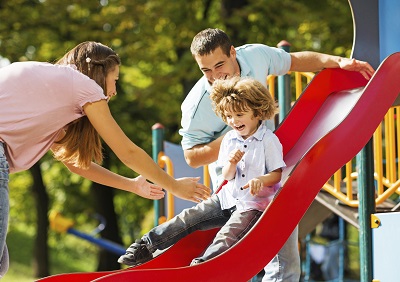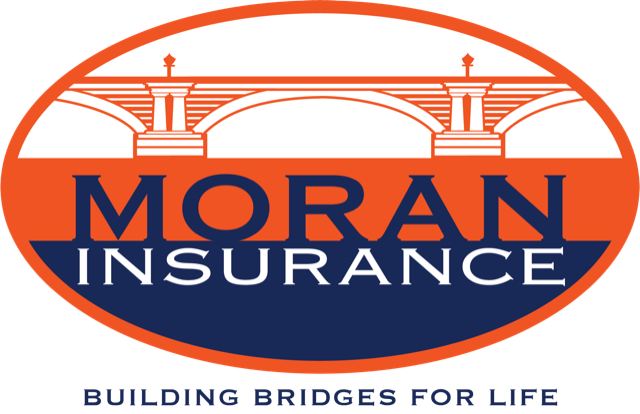Landing Lightly: Playgrounds Don’t Have to Hurt

Forty years ago, playgrounds were downright scary. Everything was made of metal. The slides were so hot they’d burn the skin right off your thighs. Kids would go flying off of those spinning contraptions, or perch precariously 10 feet in the air on monkey bars with rock-hard earth or concrete underneath.
They don’t make them like they used to, and that’s a good thing.
You won’t see much metal in playgrounds anymore, and fall surfaces are required to be bouncy these days. But there still are more than 200,000 children taken to emergency rooms each year because of playground injuries, according to the U.S. Consumer Product Safety Commission.
Nearly 80 percent of playground injuries are caused by falls. Some of the top equipment associated with injuries are climbers, swings, slides and overhead ladders, according to the National Program for Playground Safety.
The U.S. Consumer Product Safety Commission has come up with playground hazards you should watch out for when taking your kids to the park.
- Improper protective surfacing: Fall surfaces should be made of wood chips, mulch, wood fibers, sand, pea gravel, shredded tires or rubber mats and should be at least 12 inches deep.
- Inadequate use zone: The area under and around play equipment where a child might fall should be a minimum of 6 feet in all directions.
- Protrusion hazards:Beware of hardware that is capable of impaling or cutting a child (bolts, hooks, rungs, etc.), or catching strings or items of clothing. Children should never wear drawstring hoodies at the playground.
- Head entrapment hazards: There should be no openings that measure between 3 ½ and 9 inches.
- Overcrowded play area: Swings should be set far enough away from other equipment so children won’t be hit by a moving swing.
- Trip hazards, like rocks or tree stumps
- Lack of supervision: Children under age 4 shouldn’t play on climbing equipment or horizontal ladders.
- Age inappropriate activities: Spring-loaded seesaws are best for young children. Avoid adjustable seesaws with chains because children can crush their hands under the chains. A traditional seesaw should not hit the ground. “Whirls” or “roundabouts” are best for school-age children.
- Lack of maintenance: Metal or wooden swing seats should be replaced with soft seats, and equipment should not be split or splintered.
- Sharp edges on equipment
- Platforms with no guardrails
- Equipment not recommended for public playgrounds: One example is monkey bars. The number of injuries caused by monkey bars is so significant many experts recommend they be removed from all playgrounds.
If your playground is unsafe, report the problem to the owner or park district. And remember, there is no substitute for parental supervision, especially for young children.
http://www.nsc.org/learn/safety-knowledge/Pages/news-and-resources-playground-safety.aspx


